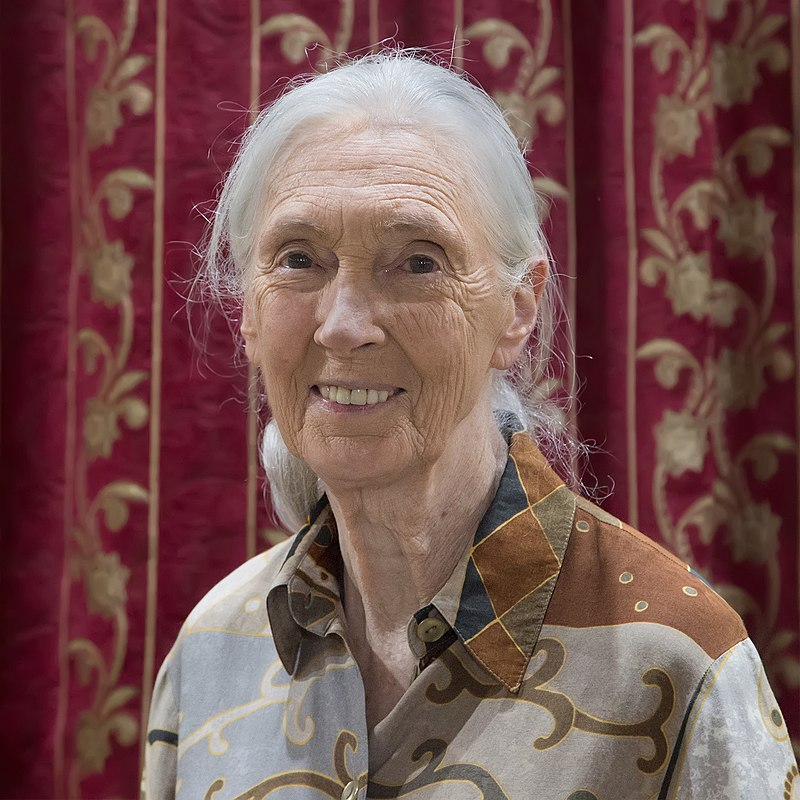~ Anne Kilgannon
I can’t help but agree with Greta that the Glasgow climate conference was a great deal of blah, blah, blah, but that does not give me much of a path forward. And standing still with my hands empty and head down will not do. The best course of action is simply to go outside and look for birds and breathe the air full of the scent from trees released during our recent storms, to clear away the fog of anxiety. World-anxiety is still there, but the fog lifts. My second course is to look for signs of hope, for gifts of the season to inspire friends and family to engage in the hard work of saving the Earth and the coming generations of life that will depend upon it. It’s become one of my traditions to share my gift list here, to widen the circle of readership and, if you will, share ideas and responses. I welcome emails: anneandgary@nullgmail.com
The book that most spoke to my needs and mood is appropriately titled, The Book of Hope: A Survival Guide for Trying Times, newly published during this second year of COVID-19 and addressing our very current situation. It is based on recorded conversations over several years between Jane Goodall with Douglas Abrams, who co-authored an earlier book with the Dalai Lama and Archbishop Desmond Tutu. That we readers are privileged to listen in, so to speak, to such searching, personal and honest talk is an extraordinary experience. The immediacy and authenticity of their words is a powerful tonic; we are present to share in their puzzling out of responses to difficult issues and as they both confront emotional and trying events that have shaped them. The stories told are not translated but are given as told, in real time, with notes on body language and expression that add to the sensation of being in the room.
Abrams is open about his own fears and doubts and griefs as he explores the present state of the world with Jane Goodall and later thoughtfully reflects on their conversations. They delve deeper and deeper into Jane’s experiences and accumulated wisdom that shed light on what any of us might and should be doing. But first, is there such a thing as hope; should we even be grasping for it? Jane is emphatic: yes and that it is the key to action, to life itself. The book is structured according to Jane’s four reasons for hope as she builds her case: The Amazing Human Intellect, The Resilience of Nature, The Power of Young People—including Greta Thunberg whom she has met and admires, and The Indomitable Human Spirit. I admit to some feelings of skepticism at first when I read the section titles, but she nods and presses on with story after story until—what else—real hope spread like warmth through my mind and body. I often had to set the book down and pace around my house to absorb the physical impact of her words and thoughts.
The stories are singular, many involving chance encounters with people we have not heard of, ordinary people who have reached out to Jane or whom she has met in the course of her work. And because they are told as stories, not maxims or platitudes, we can relate and feel as she does and find the pearl in her telling. Abrams notes his own dawning feelings and resolve as they explore how hope is transformative and real. As Jane insists that hope is not wishful thinking or passive “hoping,” but is instead a way of taking action, a way of engaging problems, a way—she goes as far as saying—to create “new facts” and make change that can be cultivated and learned, Abrams opens to the new possibilities she lays before him. She insists on free will, that hope is a choice we can make. There will still be massive world problems and time is short, but with hope in our hearts we can begin. In fact, she finds it essential. Jane is now in her nineties and has become a world-renowned speaker and activist, a position even she marvels. The stories she tells trace back to her early days, though, even to her childhood when no one would have guessed that this slight child would stand on any world stage with some academy-wrenching insights and profound truths about the nature of life on Earth and how we can save ourselves. She sees her experiences as gifts she has been given and gently suggests we all have gifts to share that could make a difference. All efforts are worthwhile and add to the needed transformation, the great turning of perspective and reorientation towards a healthier, more just and sustainable way of living. Again, if we begin with hope, it will carry us great distances. A timely gift to share; ‘tis the season!








